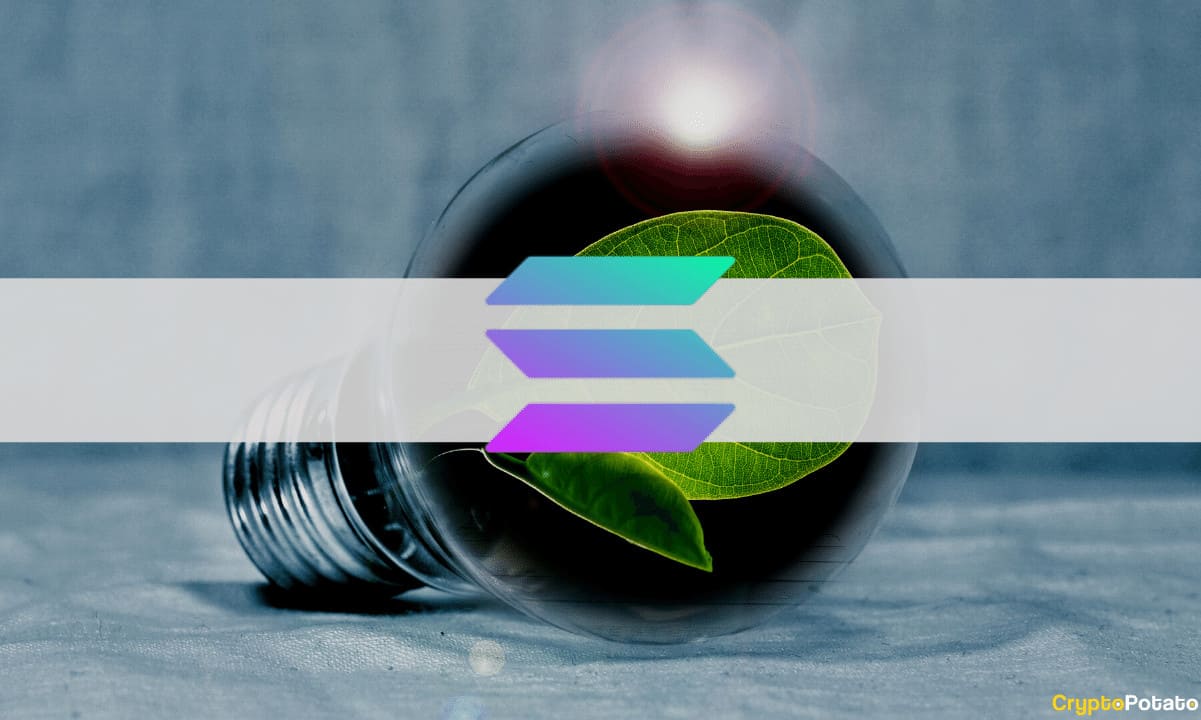
On Sept. 19, Eclipse announced a new L2 architecture, which will leverage the Solana Virtual Machine while operating on Ethereum, hence bringing the advantage of the former’s speed and scale in transaction settlement.
The newly promoted L2 architecture aims to redefine the scaling world by touching on areas like Ethereum settlement, execution using SVM, availing data with Celestia, and proving using RISC Zero.
Bringing SVM Experience to EVM
As per the press statement, Eclipse’s new L2 architecture will use the Solana Execution environment, hence optimizing parallel execution implementing local fee markets, resulting in a reduction of chain-wide fee hikes caused by high-demand applications. This feature is afforded through Solana’s parallelized runtime, designed to process conflict-free transactions with lower fees.
Additionally, Eclipse notes that despite leveraging the SVM, its mainnet will be powered by Neon EVM to bring full EVM support. Neon EVM is a smart contract that can be deployed on any SVM-focused chain to operate the EVM. Eclipse believes this will bring full EVM compatibility into Eclipse Mainnet. The press statement said,
“Because each Neon EVM instance has its own local fee market, apps can just deploy their own contract to attain the benefits of an app chain without fragmenting UX, security, or liquidity.”
Eclipse also mentioned using the Solang compiler to enable the “compilation of Solidity smart contracts code into SVM bytecode.”
Metamask’s newly launched tech, MetaMask Snaps, will reportedly play a key role in onboarding EVM users to the SVM chain, as they will not need to switch wallets.
Furthermore, Eclipse boasts solutions to some of EVM’s state growth limitations. Unlike EVM, Solana does not need constant Merkle Tree updates for each state update. Every transaction can specify all states needed for execution. Hence, state size will not impact SVM execution.
Seeing that this L2 is designed for Ethereum, the settlement of the Eclipse Mainnet will happen on Ethereum, reinforcing the security properties of Ethereum. Its bridge validates all Eclipse transactions, preventing the submission of invalid states while enhancing censorship resistance.
Assets popular with Ethereum, like DeFi, NFTs, and more, will play a significant role in Eclipse Mainnet.
Data Availability and Proving
Data in this new system will be available only through Celestia, which extends beyond Ethereum’s current bandwidth. Eclipse believes this will result in a higher TPS.
Another feature of the new mainnet is Proving similar to Anatoly’s SVM fraud-proof SIMD to avoid reintroducing a Merkle tree into the SVM. The executor will post a list of inputs and outputs for every transaction, confirming that the commitment on Ethereum is correct.
Eclipse details more in-depth about the new product, which will bring a whole new meaning to the L2 scaling universe, as per the press statement.
This article first appeared at CryptoPotato

